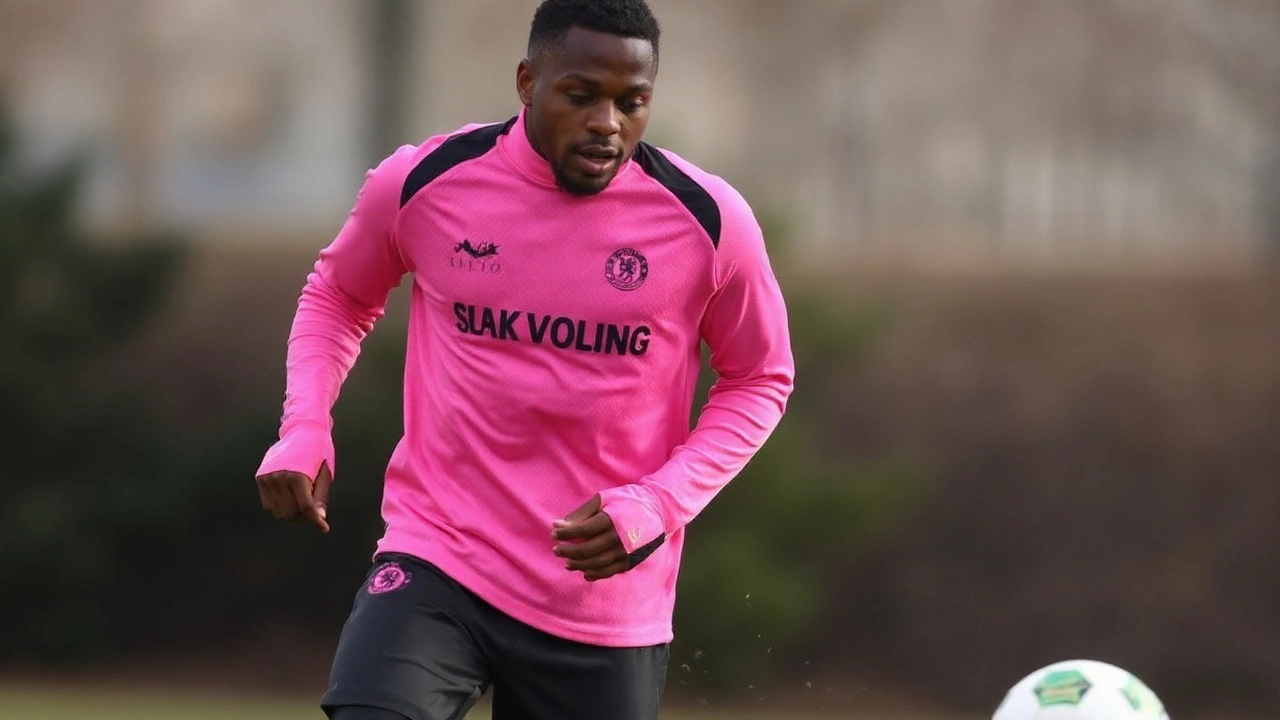Manchester City Draw – What It Means and Why It Matters
When you hear the phrase Manchester City draw, a final score where Manchester City ends the match level with the opponent, you know two things: the game was tightly contested and the league table gets a shake‑up. It’s a specific type of football draw, a result where both sides finish with equal goals. In the Premier League, a draw awards each club one point and can tip the balance between title hopes and relegation fears. The match result therefore carries weight far beyond the final whistle.
Why a Draw Feels Different for Manchester City
Fans expect City to dominate, so a Manchester City draw feels like a missed opportunity more than a neutral outcome. The psychological impact is two‑fold: players may question their attacking sharpness, while rivals gain a confidence boost from holding them level. From a tactical angle, a draw often means City’s high‑press was neutralised, forcing them to settle for possession without creating clear chances. That scenario influences the next week’s training focus – coaches will stress converting half‑chances and tightening defensive transitions. Because the Premier League’s point system gives only one point for a draw, a single stalemate can widen the gap between the top‑four and the chase for European spots.
Statistically, a City draw reshapes several key metrics. Goal‑difference, which serves as a tie‑breaker, stays unchanged, meaning a team that relied on big wins must find another avenue to improve its standing. Historical data shows City’s draws usually occur against teams that press deeply or sit low in the table, highlighting a pattern where compact defensive blocks frustrate City’s fluid attack. Analysts often point to the number of shots on target versus converted chances as a predictor: when City’s conversion rate dips below 15 % in a match, a draw becomes more likely. This insight helps fans anticipate whether a game will end in a stalemate based on early match statistics.
From a fan’s perspective, a draw sparks endless debate on social media. Some argue the team should have turned a win into a win, citing missed penalties or late‑game substitutions. Others praise the defensive resilience, especially when the opponent is a traditional rival. The conversation usually pivots to the upcoming fixture list – a draw against a mid‑table side could be a warning sign before a clash with a title contender. In the broader context of the season, a draw can be a turning point: City may adjust its rotation policy, giving younger players more minutes, or it might double down on experienced stars to lock down late‑game finishes.
All of these angles—tactical, statistical, emotional—show why a Manchester City draw is more than just a single point. Below you’ll find a curated collection of articles that dissect recent draws, break down the numbers, and provide expert opinions on what the next match could hold. Whether you’re looking for in‑depth analysis, player interviews, or quick stats, the posts under this tag give you the full picture of how each draw shapes City’s journey through the Premier League.
Arteta Discloses New Arsenal Injury Blow After Manchester City Stalemate
Mikel Arteta confirmed an additional injury setback for Arsenal following the 2-2 draw with Manchester City on September 21, 2025. While the club withheld the player's identity, the news raises concerns over squad depth amid a congested schedule. Analysts weigh the potential impact on Arsenal's title push and upcoming fixtures.





